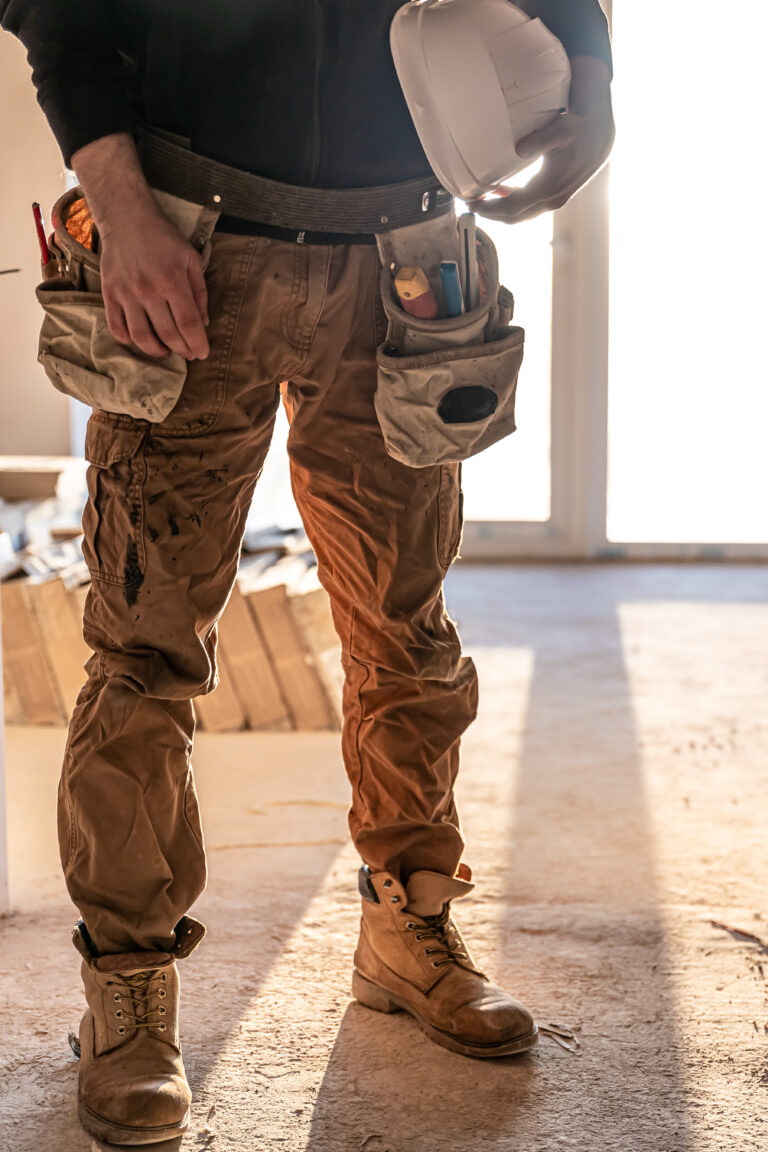The workwear industry has been evolving rapidly, driven by advancements in manufacturing technology, sustainability efforts, and an increasing demand for performance-driven clothing. Testing, which ensures the durability, safety, and comfort of workwear, is also undergoing significant transformation. Here’s a breakdown of some of the most exciting developments in workwear manufacturing and testing worldwide:
1. Sustainability in Materials
The shift toward sustainable materials in workwear is gaining momentum. More manufacturers are moving away from conventional textiles and adopting eco-friendly alternatives like recycled polyester, organic cotton, and plant-based fibers. These materials are not only reducing environmental footprints but also improving the wearability of the clothing.
Testing for these sustainable fabrics ensures that they meet the same high standards of performance and durability that traditional fabrics offer.
As workers demand clothing that’s both durable and sustainable, the industry is stepping up with eco-friendly fabrics that reduce environmental impact without compromising performance.
2. Advanced Fabric Technology
Innovations in fabric technology have revolutionized workwear. With fabrics being engineered to be water-resistant, breathable, flame-retardant, and even antibacterial, the materials used today are highly specialized.
Testing these fabrics involves advanced methods such as testing for resistance to extreme temperatures, exposure to chemicals, and abrasions. This ensures that workers in industries like construction, healthcare, and manufacturing stay protected in even the harshest environments.
From waterproof layers to flame-resistant coatings, today’s workwear uses cutting-edge fabric technologies designed to withstand the toughest conditions, giving workers peace of mind on the job.
3. Smart Workwear with Wearable Technology
One of the most groundbreaking changes in workwear is the integration of wearable technology. Smart workwear includes features like built-in sensors that monitor workers’ vitals, track their movements, and even provide location-based alerts in case of emergencies. This technology is particularly useful in industries like construction, mining, and emergency services.
Testing for these garments requires not only traditional fabric testing but also rigorous checks for functionality, connectivity, and durability of the electronic components.
The future of workwear lies in garments embedded with smart technology, offering real-time insights into worker health and safety, ensuring no worker is left behind in high-risk environments.
4. Ergonomics and Comfort Testing
Comfort has become a key concern in workwear, especially as workers spend long hours on their feet. Ergonomically designed garments are now being tested for flexibility, support, and overall comfort.
Manufacturers are using testing technologies like 3D body scanning to tailor clothing to the body’s shape, offering improved mobility and reducing fatigue during long shifts. This shift not only enhances worker performance but also helps in preventing injuries that result from ill-fitting clothing.
With the focus on long-lasting comfort, new ergonomic workwear designs are tested for optimal fit and flexibility, making sure workers feel as good as they look, even on the toughest days.
5. Performance and Safety Testing Standards
As the global demand for workwear continues to grow, safety regulations and standards have become more stringent. Different countries now have their own sets of performance and safety testing standards for workwear, including requirements for chemical resistance, flame resistance, and high-visibility visibility for specific industries.
Manufacturers are increasingly investing in comprehensive testing procedures to meet these strict regulations, ensuring that workwear meets or exceeds safety expectations worldwide.
With safety at the forefront, workwear manufacturers are continually refining their testing methods to ensure compliance with rigorous global standards, safeguarding workers across the world.
6. 3D Prototyping for Workwear Design
The rise of 3D prototyping and digital garment simulations is changing the game for workwear manufacturing. Designers can now create highly accurate digital prototypes, speeding up the design process and reducing waste. This process involves virtual testing of fit, comfort, and mobility before any fabric is cut. This reduces the time spent on traditional trial and error methods and makes workwear design more efficient.
By harnessing 3D technology, manufacturers can prototype and test workwear designs digitally, cutting down production time and waste while enhancing the final product’s performance.
7. Increased Use of AI and Automation
Artificial intelligence (AI) and automation are making manufacturing processes more precise and efficient. From automated cutting machines to AI-driven design software, these tools allow for quicker production cycles and greater consistency in quality.
In testing, AI is being used to analyze wear patterns and predict fabric life expectancy, allowing manufacturers to create products that are not only high-performing but also long-lasting.
The integration of AI into workwear production has streamlined testing and manufacturing, offering workers high-quality, long-lasting garments built to perform in even the most demanding environments.
8. Customizable Workwear for Individual Needs
Customization is becoming more prevalent, allowing workers to choose garments tailored to their specific tasks. Whether it’s adjusting the fit or adding features like extra pockets, reflective strips, or reinforced patches, customization options are now widely available.
Testing these bespoke designs ensures they are not only functional but also meet safety standards for each individual worker’s environment.
With customizable workwear solutions, workers can now enjoy clothing tailored to their unique needs, offering the perfect balance of comfort, safety, and style for their specific job requirements.
Conclusion: The Future of Workwear Manufacturing and Testing
The workwear industry is undergoing an exciting transformation, driven by technological advancements, sustainability, and a stronger focus on worker safety and comfort. Manufacturers are leveraging new materials, smart technologies, and advanced testing methods to create garments that protect, perform, and last longer. As these trends continue, the workwear industry will undoubtedly continue to innovate, improving the working experience for millions worldwide.
As the workwear industry continues to innovate with sustainable materials, smart technology, and ergonomic designs, the future of workwear promises enhanced performance and safety, reshaping the way workers experience their gear.






